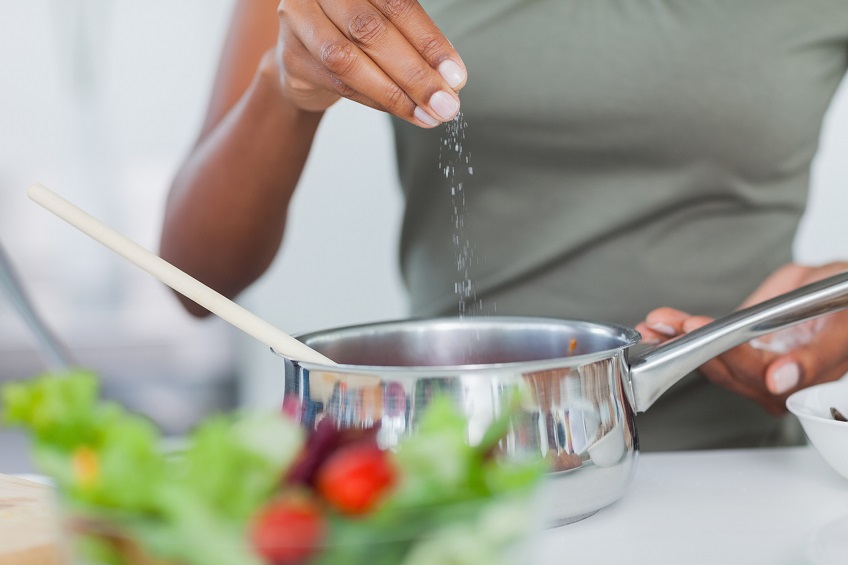
With the increased on reducing sodium in our diets, the U.S. Food and Drug Administration (FDA) recently updated its excellent “Tips for Reducing Sodium Consumption.”
FDA notes: “Americans eat on average about 3,400 mg of sodium per day. However, the Dietary Guidelines for Americans recommends adults limit sodium intake to less than 2,300 mg per day—that’s equal to about 1 teaspoon of table salt! For children under age 14, recommended limits are even lower.”
One of the best sodium-reduction tips FDA suggests for any of us who like to cook and prepare our own dishes is “Add flavor without adding sodium.”
Lower Sodium? — Calling All Umami Lovers!
Make your low sodium cooking taste better with an umami boost, and deliver lower-sodium, umami-intense, and nutrient-dense foods that you and your guests will crave.
An excellent article published in Food & Nutrition magazine, a publication of the Academy of Nutrition and Dietetics, informs cooks how to “Make Low-Salt Cooking Taste Amazing with an Umami Boost.”
 Author and culinary nutrition consultant Michele Redmond, MS, RDN, explains how umami enhances existing food flavors, makes food more savory, suppresses bitter compounds in foods, and increases the perception of salt in foods without adding sodium.
Author and culinary nutrition consultant Michele Redmond, MS, RDN, explains how umami enhances existing food flavors, makes food more savory, suppresses bitter compounds in foods, and increases the perception of salt in foods without adding sodium.
Chef Redmond adds that food science research has demonstrated that umami’s characteristics are heightened when glutamate links to sodium molecules. She notes that one of the most common umami formulations, monosodium glutamate, or MSG, is simply a sodium molecule linked to a glutamate molecule extracted from fermenting molasses or sugary starches, she points out.
According to the article, “Foods containing glutamate naturally yield MSG, and neither the body nor the taste buds distinguish between glutamate naturally present in food proteins or MSG. While impacts on sodium-reduction efforts can be significant… amplifying umami also can serve as a technique for home cooks looking to create meals that deliver the same savory satisfaction” [with much less sodium]. Reducing table salt by using MSG reduces the sodium content of recipes, as MSG has two-thirds less sodium than table salt.

